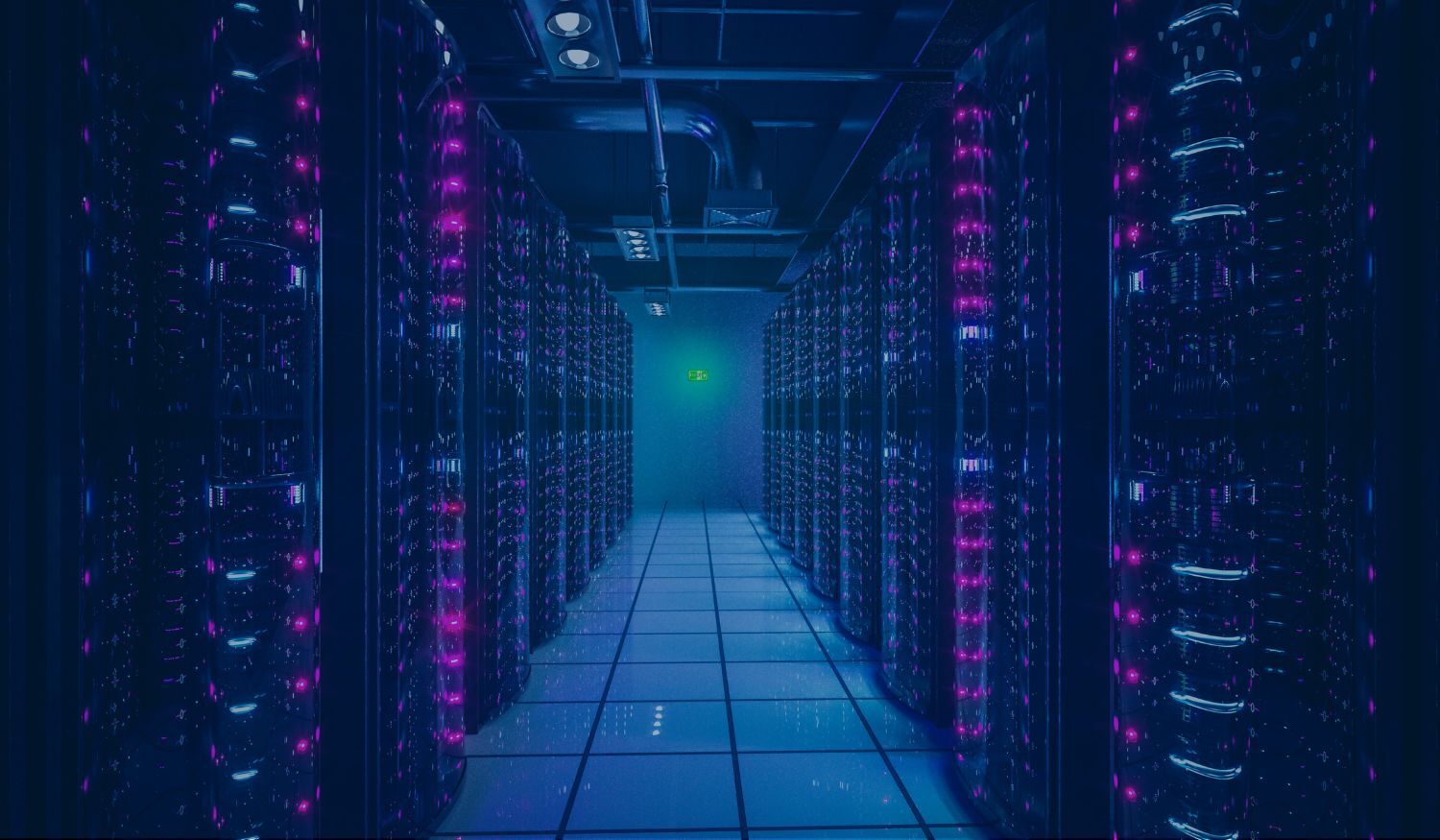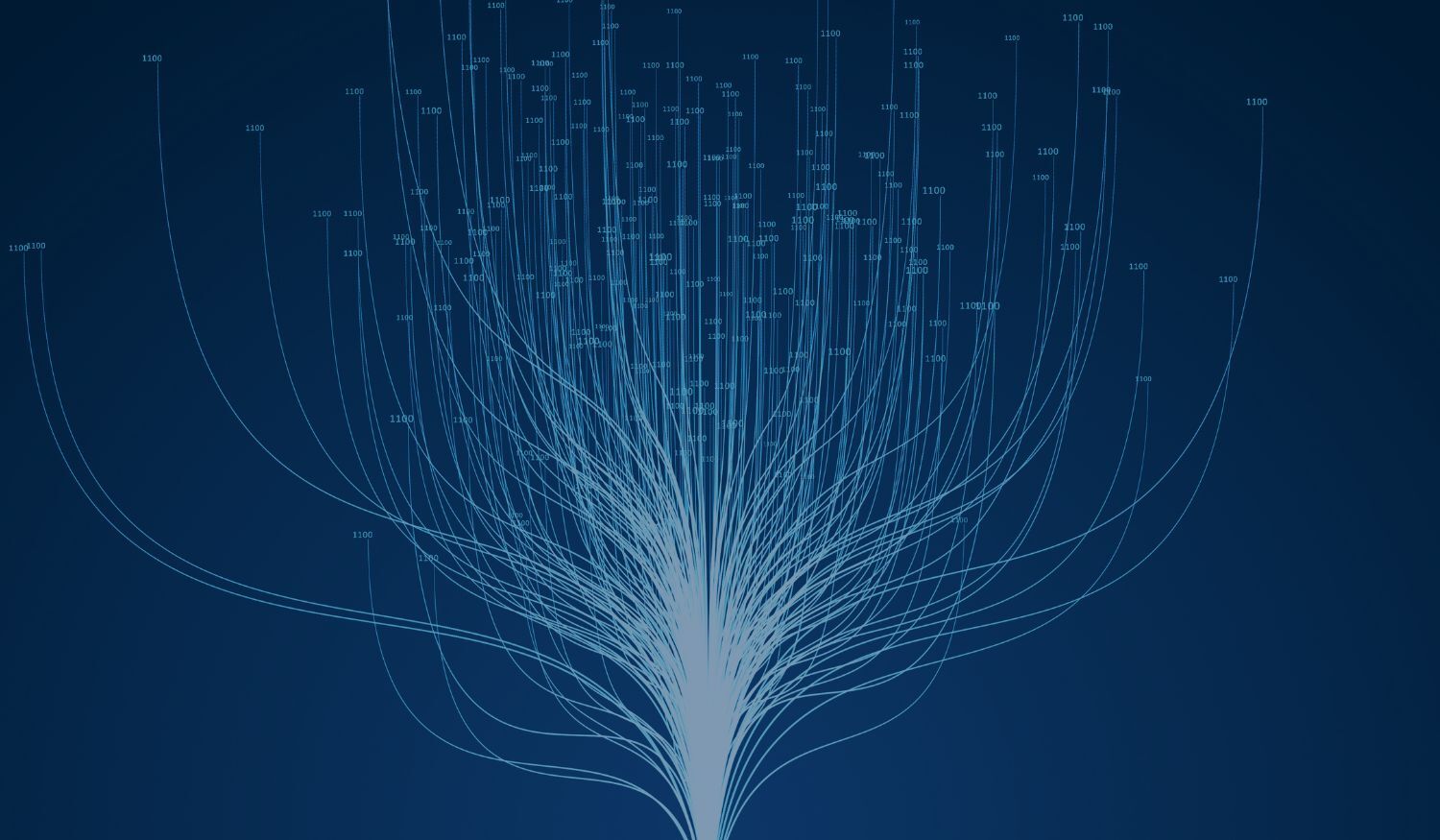Over the last year, the rise of Agentic AI in cybersecurity has accelerated significantly. Organizations are now actively planning where and how to implement intelligent agents to improve operational efficiency and system security.
The Increasing adoption of AI agents in cybersecurity operations has provided security professionals numerous benefits, however also potential new issues.
Agentic AI’s need to consistently and securely connect to external systems such as databases, APIs, and ticketing systems creates risks. In addition to this, pre-Nov 2024, each AI-agent-to-tool integration would require bespoke adapters, which produced inconsistencies in authorization, logging, and behavior.
In late 2024 Anthropic, an AI safety and research company, developed Model Context Protocol (MCP) which addressed these issues. MCP standardized these interactions with a common interface, similar to what USB provided to peripherals.
This article explores what MCP is, why it matters to Cybersecurity, use cases within the industry and the benefits it brings for Cybersecurity professionals. In addition to this we highlight recent research that reveals the new security threats that MCP may bring to security operations.
What is MCP?
MCP is a standardized interface that allows Large Language Models (LLMs) to call functions from external systems securely and efficiently. Unlike traditional API-based integrations, MCP does not require custom, model-specific logic for each integration. MCP uses a client-server setup with three main parts: Host, Client, and Server. The Host runs the AI model and Client, the Client handles communication and capability discovery, and the Server offers tools and data access. Together, they enable structured interaction between AI applications and connected systems.
Descope states how “Released as an open-source protocol, MCP builds on existing function calling by eliminating the need for custom integration between LLMs and other apps. This means developers can build more capable, context-aware applications without reinventing the wheel for each combination of AI model and external system"
By providing a unified mechanism for function invocation and response, MCP allows AI agents to interact with enterprise tools, databases, and environments in a reusable and consistent way. For cybersecurity teams, this removes friction in deploying AI agents across diverse infrastructure, from SIEM platforms to ticketing systems.
Why MCP Matters for Cybersecurity
Security operations today involve a high volume of data, real-time decision-making, and complex coordination across platforms. MCP makes it feasible for AI agents to contribute meaningfully to these operations without requiring bespoke code for every system integration.
For example, an agent using MCP can query recent log data from a SIEM, correlate it with identity behavior data, and suggest a mitigation action. This context-aware interaction enables autonomous triage and faster incident response.
Additionally, MCP abstracts away the underlying structure of individual tools. This means that an LLM-powered agent trained to work with one kind of alert system can quickly be adapted to work with another by simply exposing similar functions via MCP. In cybersecurity environments where toolsets vary widely, this flexibility allows for broader automation without increased complexity.
MCP also brings a level of abstraction that supports auditability and governance. All interactions through MCP can be logged and reviewed, which is a critical requirement for enterprise security operations.
Use Cases of MCP in Cybersecurity
MCP's structure and design make it well-suited for various cybersecurity applications. These include:
- Automated Incident Response: AI agents can use MCP to retrieve relevant alerts, examine associated logs, and suggest or trigger predefined remediation actions. Timely action is critical during an incident, as even brief delays can significantly amplify the damage. MCP accelerates incident response by enabling intelligent prioritization, automating triage, and applying predictive analysis, empowering security teams to respond with greater speed and precision.
- Threat Intelligence Correlation: By invoking external APIs through MCP, an agent can cross-reference internal events with external threat intelligence, helping analysts prioritize alerts.
- Vulnerability Management: Agents can access scan reports, interpret patch priorities, and even suggest task assignments for patching workflows.
- IAM Oversight: AI agents might validate user privileges or review access logs through IAM system interfaces exposed via MCP.
Consider a scenario where unusual lateral movement is detected. An MCP-enabled agent could access endpoint logs, verify identity activity through an IAM system, and flag a likely compromise to analysts, all autonomously, within seconds.
For instance, the SOCRadar MCP Server empowers analysts to conduct investigations using natural language prompts, while CISOs benefit from real-time executive reporting. Red and Blue Teams can leverage dynamic, task-oriented workflows to simulate or defend against threats. SOC teams streamline and automate routine investigations and data lookups, and agent orchestration platforms enable organizations to expand their operations efficiently with minimal integration burdens. By centralizing access through AI, teams achieve faster detection and more effective investigations without the friction of fragmented systems.
Benefits and Efficiencies Enabled by MCP for Cybersecurity
The advantages of MCP reach well beyond simplifying integration tasks. For both developers and security professionals, MCP introduces practical efficiencies, design consistency, and operational agility. The benefits of MCP include:
- Developer Efficiency: MCP removes the need to create custom connectors for each combination of system and language model. Developers can focus on core functionality rather than spending time on repetitive integration work. This accelerates deployment cycles and reduces the likelihood of inconsistencies introduced by manual coding. Microsoft states that their MCP servers improve your developer productivity by handling tasks including database lookups and issue creation directly in your workflow. You can use natural language instead of commands, chain complex actions, integrate custom or external servers, and optimize performance with tailored prompts and configurations using tools like the C# SDK.
- Operational Scalability: Once an MCP-compatible agent is configured, it can be reused across different environments with only minimal tuning. This reusability is especially useful in large or multi-cloud environments, where tool diversity often slows automation efforts. Teams can scale AI capabilities without needing to redesign workflows for each system.
- Standardization: By introducing a uniform way for agents to request and receive information from external tools, MCP helps reduce variability across environments. This makes it easier to maintain consistency in responses, logging, and access control policies. It also improves collaboration between teams that rely on predictable system behavior.
- Adaptive Automation: MCP allows agents to make informed decisions based on real-time inputs from various sources. For example, an agent can adjust its behavior based on the urgency of an alert or the current security posture of the network. This type of situational responsiveness supports faster action with fewer manual steps.
- Improved Governance: All actions taken through MCP can be recorded, providing a clear trail for review. This auditability supports incident investigation, helps meet regulatory requirements, and gives security leaders visibility into how AI agents are contributing to operations. It also allows teams to fine-tune agent permissions based on observed behavior.
- Tool Interoperability: MCP makes it easier to work across different security platforms by exposing similar functions in a common format. Whether using a SIEM, EDR, or IAM system, agents can interact with them in consistent ways, which reduces complexity and shortens training time for new workflows.
- Faster Deployment of Use Cases: Because MCP standardizes function calls, teams can prototype and test new agent-driven capabilities more quickly. Whether it is incident response, threat hunting, or compliance checks, security use cases can be introduced and refined without long development cycles.
- Resource Optimization: With MCP handling the interface layer, security teams can shift more operational tasks to AI agents. This helps reduce pressure on human analysts and allows them to focus on higher-priority investigations and strategy. It also makes better use of resources by avoiding duplicated efforts.
As AI agents become increasingly embedded in day-to-day cybersecurity work, MCP supports this by enabling these systems to operate as coordinated components of the broader security architecture. Rather than sitting in isolation, agents using MCP can take action across tools, contribute to workflows, and help organizations react with greater speed and confidence.
Security Challenges and Risks of MCP
While MCP unlocks new capabilities, it also introduces new risks. In June 2025, researchers conducted the first large-scale empirical study of MCP server deployments.
In the paper "Model Context Protocol (MCP) at First Glance: Studying the Security and Maintainability of MCP Servers" the research evaluated 1,899 open-source MCP servers to assess their health, security, and maintainability. Although MCP servers exhibited strong overall health, the researchers identified eight unique vulnerabilities, five of which were distinct from typical software vulnerabilities.
The study also found that "7.2% of servers contain general vulnerabilities, and 5.5% exhibit MCP-specific tool poisoning." Furthermore, "66% exhibit code smells, [and] 14.4% contain nine bug patterns overlapping with traditional open-source software projects."
“These findings highlight the need for MCP-specific vulnerability detection techniques while reaffirming the value of traditional analysis and refactoring practices.”
In a separate case, Cybersecurity researchers recently discovered a critical vulnerability in the open-source mcp-remote project that could result in the execution of arbitrary operating system (OS) commands.
As more people use the protocol, and threat actors become increasingly aware of a potential attack vector, we can expect to see an increase in potential vulnerabilities found and patched by developers, similar to all known attack vectors.
MCP Benefits Vs Concerns
Despite recent findings that highlight security concerns in MCP implementations, such as unique vulnerabilities, tool poisoning, and poor code quality in some deployments, the overall value of MCP remains strong.
For cybersecurity teams, the benefits of adopting a standardized interface for AI agents can outweigh these risks when managed properly. MCP simplifies integration across tools, improves operational efficiency, and enables faster and more intelligent responses to threats. It reduces development time, supports consistent governance, and allows AI agents to act as effective extensions of existing security infrastructure. With careful implementation and ongoing security oversight, MCP can significantly enhance an organization’s cyber defense capabilities.
The research paper, A Survey of the Model Context Protocol (MCP): Standardizing Context to Enhance Large Language Models (LLMs), concludes that widespread adoption of MCP needs community support and consistent standards. Security and privacy must be built in. Scalability demands low-latency performance. A strong ecosystem of compatible tools and services is also critical for long-term success and practical integration across varied environments.
Share this
You May Also Like
These Related Stories

An Introduction Agentic AI in Cybersecurity

3 Cybersecurity Priorities CISOs Cannot Ignore


